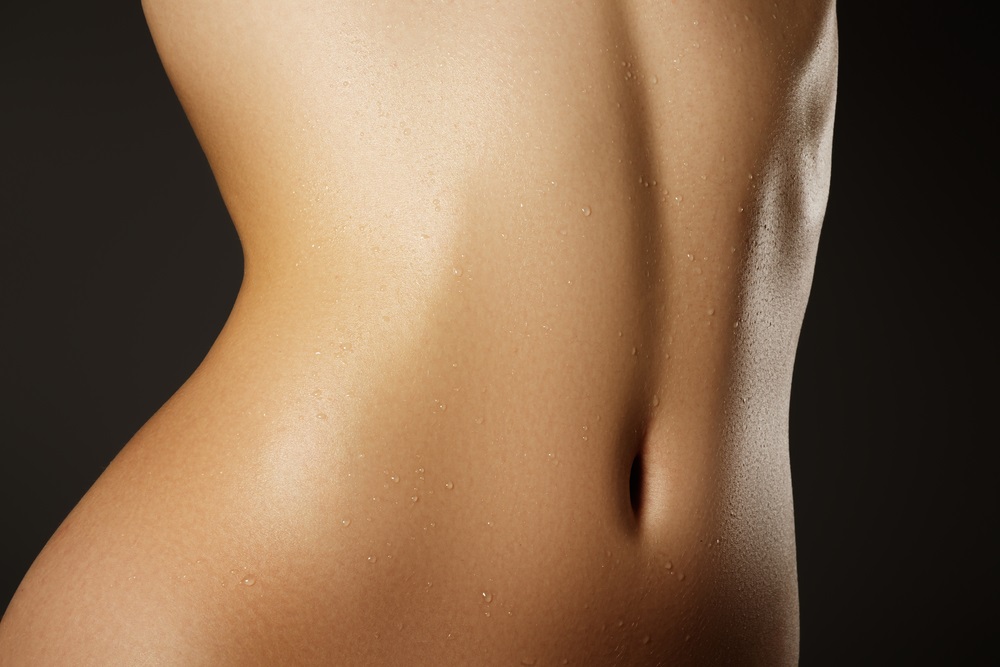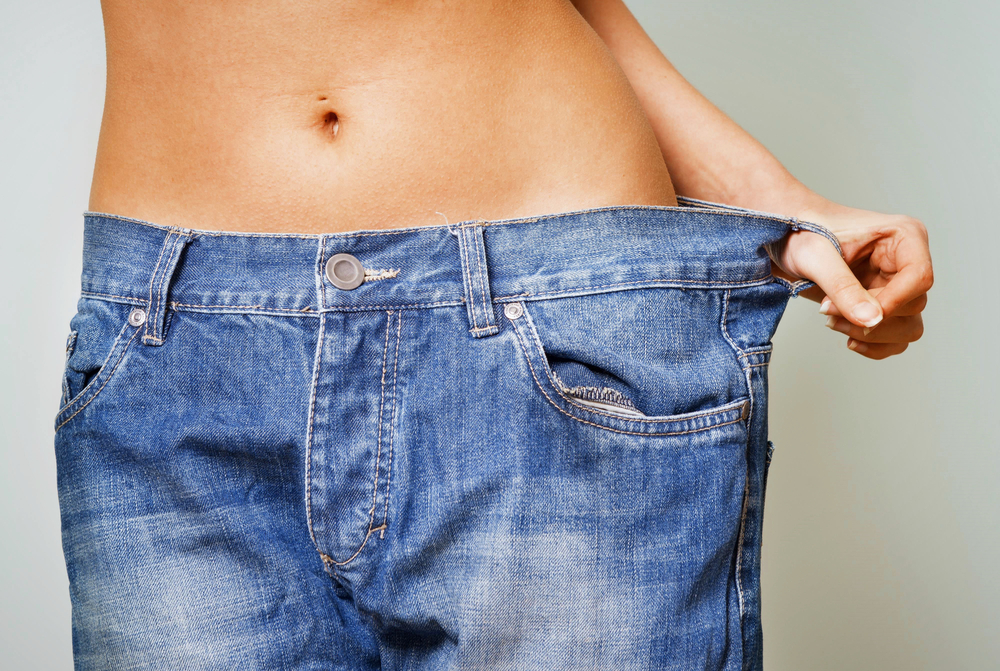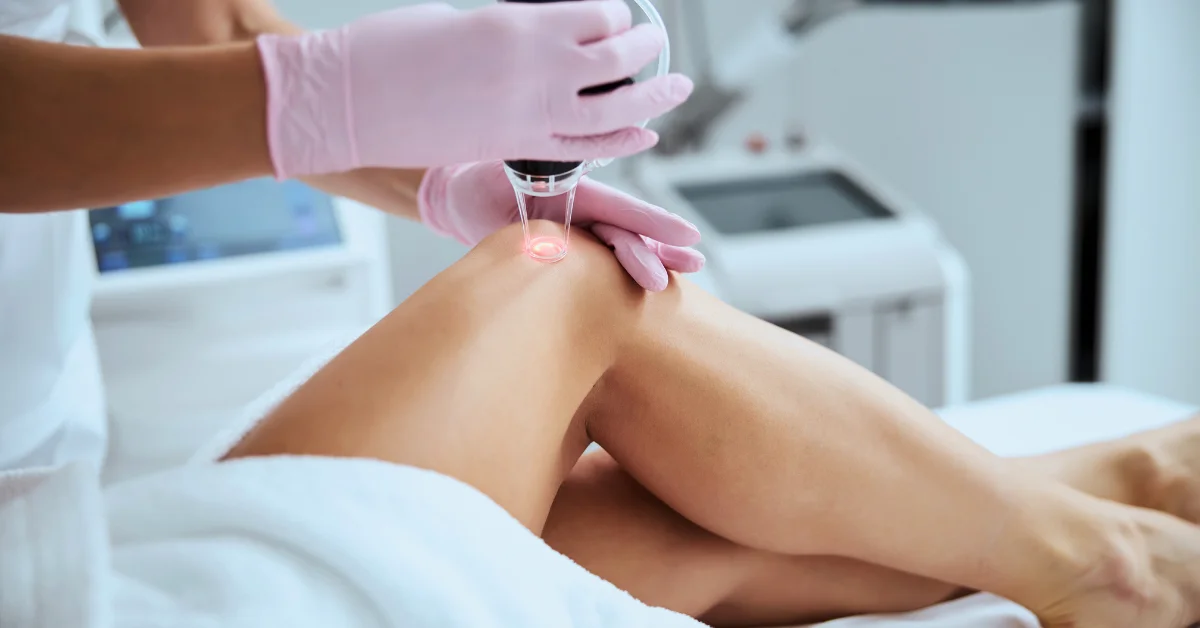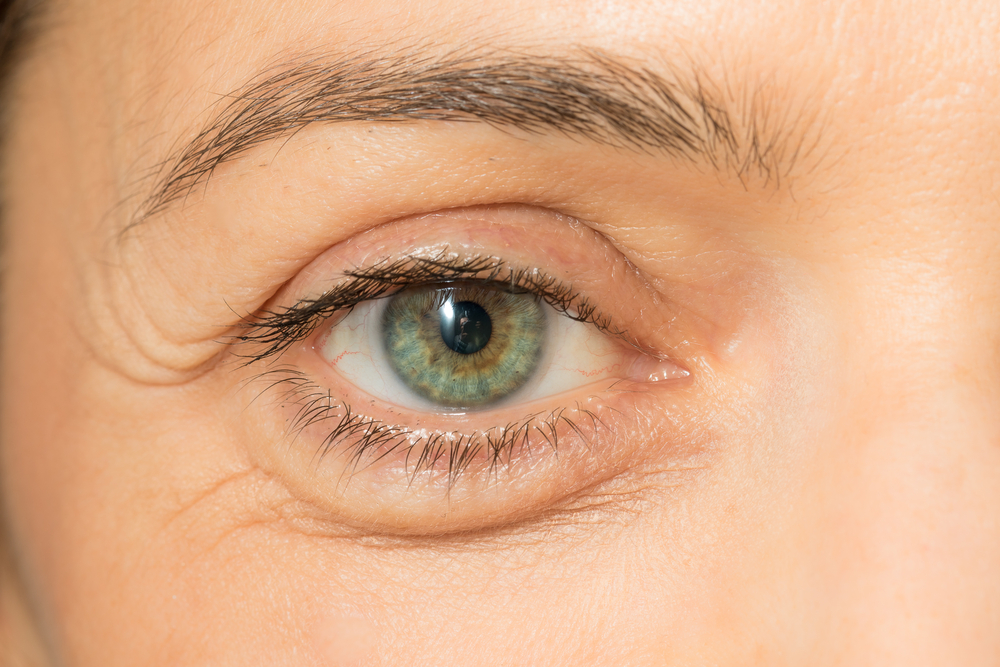Of the impressive range of tummy toning and sculpting cosmetic procedures available, the reverse tummy tuck is probably the least known.
What Is a Reverse Tummy Tuck?
Also known as the reverse abdominoplasty or upper abdominal lift, the reverse tummy tuck is a surgical procedure designed to lift and firm protruding tissue from the upper stomach.
It’s an important procedure because unsightly excess skin that pools across the upper abdomen, often the result of pregnancy or significant weight loss, cannot be shifted with diet or exercise alone.
Inelastic skin occurs in the upper abdomen because the abdominal muscles have been stretched apart, a phenomenon known as diastasis recti. The closing of this gap is called plication.
If only the upper abdominal muscles are affected, plication can be performed with a reverse tummy tuck. Reverse abdominoplasty restores the abdomen to a taut and sculpted appearance.
When Is It Better Than Traditional Abdominoplasty?
The tummy tuck has long been the go-to procedure for eliminating bulging skin that sits across the waist and below the belt line.
For most individuals, sagging skin collects in the lower part of the abdomen. However, for others, excess tissue gathers above the navel and can’t be treated as effectively with a traditional tummy tuck. Reverse abdominoplasty is the recommended option in such cases.
The procedure consists in excising loose and inelastic skin from the upper portion of the belly, leaving it firm and flat. An incision is made below the breasts to remove unwanted tissue. The skin is lifted, re-draped and then stitched. The resulting scar is well-concealed at the inframammary fold.
Because of the nature and location of the incision, a reverse tummy tuck can be successfully combined with other surgical procedures. This is sometimes referred to as a mommy makeover.
Ideal Candidates for a Reverse Abdominoplasty
The ideal patients for this procedure are individuals with a tight lower abdomen but sagging skin above their navel. The best candidates should also:
- Be in a robust state of physical and mental health.
- Be non-smokers, or willing to give up smoking several weeks prior to surgery.
- Have realistic expectations regarding the outcome of surgery.
- Have abdominal laxity that would be insufficiently addressed with a standard tummy tuck.
- Show only mild or no lower abdominal laxity.
- Have good skin elasticity with no stretch marks.
Suitable patients may also be contemplating other procedures such as breast augmentation, mastopexy (breast lift) or breast reduction performed simultaneously, as the incision for these procedures can be shared.
If you are considering becoming pregnant in the future, or if there is a possibility that you may have more children, you should consult with a surgeon about the feasibility of surgery. Pregnancy can stretch the abdominal tissue and undo the surgical results, thereby requiring a revision procedure.
Is This Procedure Right for Me?
Currently, plastic surgery boasts an impressive range of procedures that can slim the abdominal area. If you are unsure of what type of tummy tuck you need, there is a simple test you can do at home to find out.
Stand in front of a mirror and bend forward at the waist. Look at your navel.
- If the skin above the belly button is firm but the skin below the belly button is hanging, then you could benefit from a mini tummy tuck.
- If the skin both below and above the belly button is loose and hanging, then you should consider a traditional tummy tuck, or abdominoplasty.
- If the skin below the belly button is smooth, but the skin above is loose and sagging, then you are a suitable candidate for a reverse tummy tuck.
Arrange a consultation with a plastic surgeon to confirm which procedure will provide you with optimal results.
Preparing for Reverse Tummy Tuck Surgery
Being well prepared for surgery, both mentally and physically, is one of the most empowering things a patient can do to ensure a beautiful outcome.
A reverse tummy tuck is an invasive surgery that comes with a significant recovery period. Cultivating healthy habits and getting yourself well organized prior to your procedure should help to expedite your recovery.
Most surgeons advise patients to observe the following in advance of surgery:
- Cease smoking at least 6 weeks before surgery.
- Make sure your home environment is comfortable and you have everything you need (eg. healthy snacks, pain medication) for when you return from surgery.
- Take a daily multivitamin to ensure your body is meeting all its mineral and vitamin requirements.
- Cease taking aspirin and/or any other blood thinning products.
- Abstain from taking any dietary or herbal supplements that haven’t been approved by your surgeon.
- Undergo any laboratory work or medical tests as requested by your surgeon.
- Wear an abdominal binder for two weeks before surgery.
- Shower the morning before your procedure and wash thoroughly with a gentle antimicrobial soap.
How the Procedure Is Performed
Reverse abdominoplasty takes between two and four hours to complete. While there may be some variation in how the surgeon approaches the procedure based on the patient’s unique characteristics, aesthetic goals, and should the reverse tummy tuck be being combined with another surgery, typically it will follow these steps:
- The patient is placed under a general anesthetic.
- If the patient is receiving abdominal liposuction in conjunction with a reverse tummy tuck, the liposuction is generally performed before the surgery.
- An incision is made from the outer edge of the breast fold and cut across the lower sternum to the other outer edge of the breast.
- Loose skin is excised from the upper abdomen, along with unsightly fat deposits.
- Upper rectus muscles may also be tightened if necessary by using a nylon suture on a tapered needle. This process is also known as myofascial plication.
- The skin is re-draped and pulled upwards until taut, and the incision is sutured closed with dissolvable stitches.
- In the reverse tummy tuck there is no need to reposition the belly button, as is often the case with a traditional tummy tuck.
- Typically patients are able to return home on the same day as their surgery.
Reverse Tummy Tuck Recovery
Recovery differs from patient to patient. It’s important not to rush the process and allow your body the time it needs to heal properly. Recovery for most patients takes between one and two weeks, at which time they should be able to return to work and conduct most everyday activities.
As you recover, you may experience swelling, bruising, tenderness around your abdomen (particularly around the incision site), and mild to moderate discomfort.
Most patients are advised to assist their recovery by:
- Taking pain relief as necessary.
- Wearing a compression garment to reduce swelling and hold everything in place.
- Avoiding strenuous exercise and heavy lifting for four to six weeks.
- Taking at least one week off work to allow sufficient time for recovery.
- Keeping the bandage on the incision until their surgeon advises it is safe to remove it.
- Keeping the incision clean once the bandage has been removed.
- Moving around gently after surgery to encourage circulation and blood flow.
- Applying any topical medications recommended by their surgeon.
Results and Scarring
Immediately following surgery, your upper abdomen will feel smoother and tighter. It will most likely be somewhat swollen, however, so your final results will not be apparent until the swelling fully subsides and your body settles into its new contours.
Final results are usually visible two to three months after surgery, and most patients are delighted with their smooth, taut, upper abdomen. Postoperative results can be maintained by following a regular fitness regime and a healthy diet.
As with any surgical procedure, there will be a scar. Ideally, it will eventually fade and be well-concealed beneath the breast crease. However, this may not be the case. Some of the scars that cross over the sternum could be very noticeable.
Scars in this area may thicken or widen. The part of the scar that crosses the midline over the sternum isn’t concealed by the breasts, so it might be very apparent. It’s important to be aware of this risk when committing to a reverse tummy tuck.
Thoughtful care of your scar can help it to fade more quickly. Avoid sun exposure, which can exacerbate redness, and use any scar creams or silicone sheets recommended by your surgeon to further diminish the scar.
Risks and Side Effects
Any form of invasive surgery is accompanied by a level of risk. A reverse tummy tuck is considered a major procedure. There are complications that can result from this surgery, and while the chances of anything like this happening are highly unlikely, they include:
- Complications arising from adverse reactions to anesthesia
- Infection
- Bleeding
- Nerve damage resulting in numbness around the incision site
- Scarring
- Hematoma
- Seroma
- The need for revision surgery
- Asymmetry
The likelihood of complications arising from this procedure is easily diminished by seeing a surgeon who has board-certification, and by closely following his or her pre- and post-operative guidelines.









